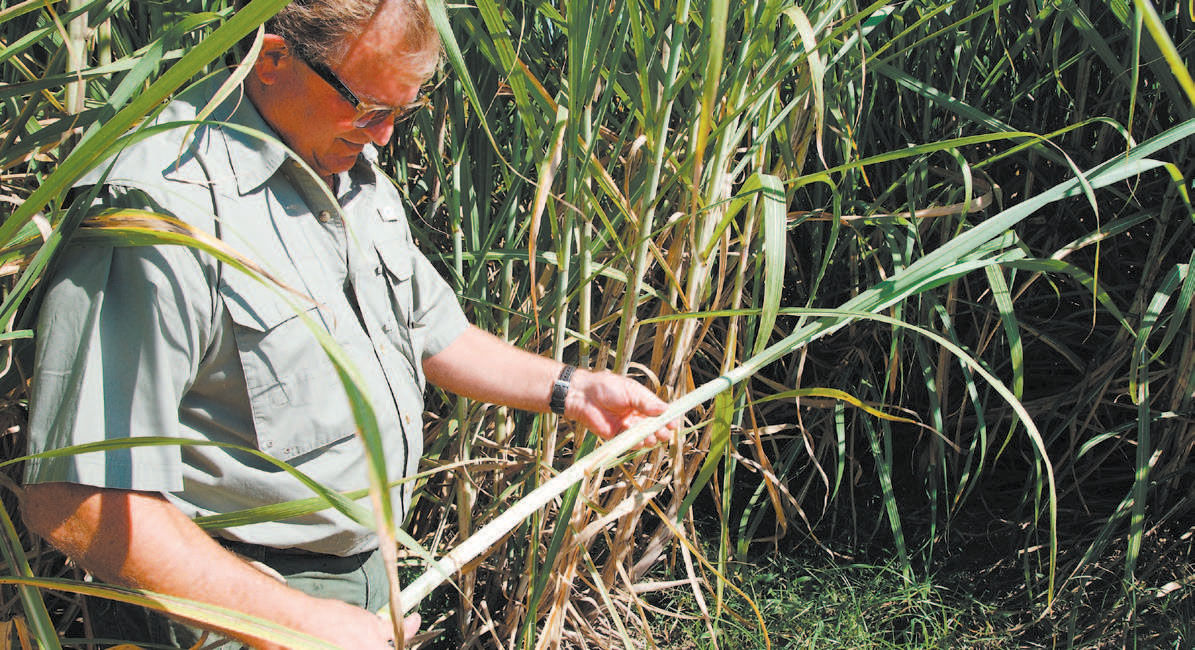
Sugar yielding high content, low crop weight
October 21, 2015
Chatman honored by peers
October 21, 2015The capture and transport of Africans to work in the “new world” as slaves is a tragic story of exploitation. Yet amid tragedies, there are heroes. One Christian hero is St. Peter Claver. Born in Catalonia, Spain, he joined the Jesuits in 1605. His missionary work landed him in Cartagena, Colombia, in 1610, the center of the slave trade.
Appalled by the dehumanizing business of slave trading, he vowed he would advocate as “a slave of the Blacks forever.” He insisted that Black slaves were sons and daughters of God and equal in worth and dignity to the Europeans. Claver baptized and instructed more than 300,000 Africans before his death in 1654. The following is a letter he wrote to his superiors.
“Yesterday, May 30, 1627, on the feast of the Most Holy Trinity, numerous blacks, brought from the rivers of Africa, disembarked from a large ship. Carrying two baskets of oranges, lemons, sweet biscuits, and I know not what else, we hurried toward them. When we approached their quarters, we thought we were entering another Guinea.
“We had to force our way through the crowd until we reached the sick. Many sick were lying on the wet ground or in puddles of mud. To prevent excessive dampness, someone had thought of building up a mound with a mixture of tiles and broken pieces of brick. This, then was their couch, a very uncomfortable one not only for that reason, but especially because they were naked, without any clothing to protect them.
“We laid aside our cloaks, therefore, and brought from a warehouse whatever was handy to build a platform. In that way we covered a space to which we at last transferred the sick, by forcing a passage through bands of slaves. Then we divided the sick into two groups: my companion approached one group with an interpreter, while I addressed the other group. There were two blacks, nearer death than life, already cold, whose pulse could scarcely be detected.
“With the help of a tile we pulled some live coals together and placed them in the middle near the dying men. Into this fire we tossed aromatics until they were used up. Then, using our own cloaks, for they had nothing of this sort, and to ask the owners for others would have been a waste of words, we provided for them a smoke treatment, by which they seemed to recover their warmth and the breath of life. The joy in their eyes as they looked at us was something to see.
“We spoke to all of them, not with words but with our hands and our actions. In fact, convinced as they were that they had been brought here to be eaten, any other language would have proved utterly useless. Then we sat, or rather knelt beside them and bathed their faces and bodies with wine. We tried to encourage them with friendly gestures and displayed in their presence the emotions that somehow naturally heartened the sick.
“After this we began an elementary instruction about baptism, that is, the wonderful effects of the sacrament on body and soul. When by their answers to our questions they showed they had sufficiently understood this, we went on to a more extensive instruction, namely, about the one God, who rewards and punishes each according to his merit, and the rest. We asked them to make an act of contrition and to manifest their abomination of their sins.
“Finally, when they appeared sufficiently prepared, we declared to them the mysteries of the Trinity, the Incarnation and the Passion. Showing them Christ fastened to the cross, as depicted on the baptismal font on which streams of blood flow down from his wounds, we led them in reciting an act of contrition in their own language.”





